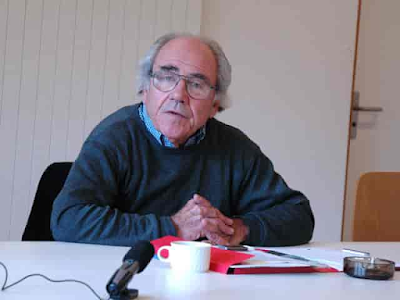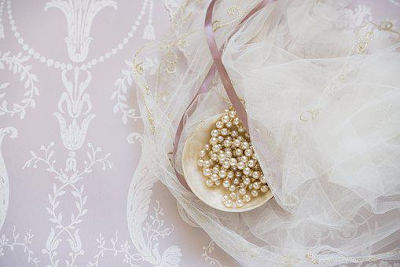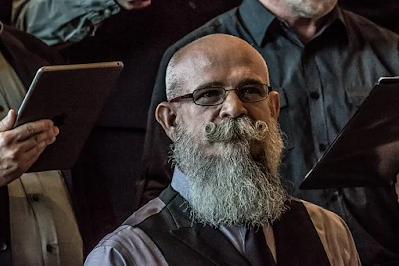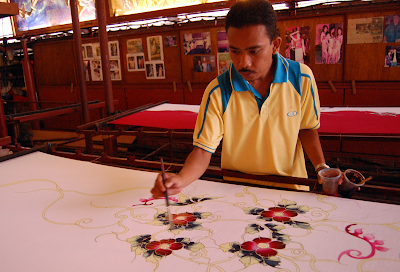Featured
- Get link
- X
- Other Apps
WHO WAS ADRIAN?
ADRIAN.
Adrian Adolph Greenberg, the renowned American film and fashion designer, was born in Connecticut in 1903.
He was stage-struck from an early age, and by the age of eighteen, he had worked in summer stock and sold costume drawings to the creators of a Broadway play.
He began studying stage design at the New York School of Fine and Applied Arts (now the Parsons School of Design) in 1921.
In 1922, he moved to the school's Paris division.
After three months, Adrian went to New York to create costumes for Irving Berlin's Music Box Revue.
By the time he took a job designing costumes for Rudolph Valentino in 1924, he had created costumes for his first film and a number of Broadway plays.
Adrian designed costumes for three more of Valentino's films after moving to Los Angeles with him.
He worked as a freelancer on Constance Talmadge's Her Sister from Paris in 1925 and Howard Hawks' Fig Leaves for Fox in 1926, which included a two-color Technicolor fashion show scene.
Adrian signed a deal with Cecil B. DeMille the following year, went to Metro-Goldwyn-Mayer (MGM) with DeMille in 1928, and later signed with MGM.
He remained there until 1941, when his contract was canceled and he quit the film industry.
Adrian married Janet Gaynor, the first Academy Award winner for best actress, in 1939, and they had one son.
Adrian created costumes for all of the main stars in every major film as MGM's head designer.
His designs were worn by Greta Garbo, Norma Shearer, Joan Crawford, Jean Harlow, Jeanette MacDonald, and Katharine Hepburn.
Joan Crawford reportedly claimed Adrian should have been given cobilling on her films since he was so essential to the performers.
Film outfits have to make the stars look their best, be appropriate for the role, and adhere to lighting, film stock, and sound recording requirements.
The period clothes have to be fairly accurate while still being visible to the audience.
For a variety of reasons, modern wardrobes have to be of their period while being independent of any particular trend.
For starters, because of the time gap between filming and release, putting current trends on a celebrity would make her appear out of date when the film was released months later.
More importantly, the studio meticulously crafted each star's screen character, and her roles never deviated significantly from it.
Norma Shearer, for example, represented the traditional young lady; Greta Garbo was always the enigmatic foreign; and Joan Crawford embodied smart young America.
Film styles have impacted fashion since the silent film period, but with the introduction of sound, their effect was amplified.
Film costuming grew less focused on theatrical effects as the “talkies” became more realistic.
Adrian's work on Garbo, Shearer, and Crawford drew the attention of the European fashion industry.
Adrian's designs for particular stars were often referred to as "the newest from Paris" in America.
Thousands of gowns, blouses, and jackets with the names of Letty Lynton (Joan Crawford, 1932) and Queen Christina (Greta Garbo, 1933) were sold as a result of the studios allowing manufacturers to sell items based on a star's film wardrobe.
Garbo's headgear set new styles, including the cloche from A Woman of Affairs, the plumed cap from Romance, and the pillbox and turban from Painted Veil.
The Modern Merchandising Bureau was founded in 1930 to coordinate the manufacturing of fashions shown in films before to their release, so that copies would be available in shops as soon as viewers watched the film.
Crowds would congregate on the sidewalk to view the latest designs in the display windows at Macy's in New York, which was the first retailer to establish a Cinema Fashions shop.
During the Great Depression, Hollywood made even more money off of movie clothes by licensing designs for home sewing.
Condé Nast's Hollywood Pattern Book's popularity led to the creation of a new magazine, Glamour of Hollywood, in 1939; the term was later reduced to Glamour.
Adrian was the top Hollywood designer of his day, and movies had a huge impact on global fashion.
Adrian opened a couture and ready-to-wear business in Beverly Hills after retiring from film, where he manufactured his designs and sold them to specialty stores across the United States.
He exhibited his debut collection in February 1942.
Having created suit variants for years in his movies on actresses from Garbo to Hedy Lamarr—but most notably on Joan Crawford—he finally constructed the iconic, square-shouldered, 1940s outfit for which he is best remembered.
Antecedents of this “V” shape during the 1930s had included such devices as the pagoda shoulder and the horizontal expansion of the sleeve cap via pleating.
To avoid both the faddish appearance of the pagoda shoulder and the boxiness of the wider sleeve cap, Adrian squared the shoulder with pads of his own invention, narrowing and neatening the shape to give it a classic line.
As well as suits, he incorporated a broad range of day dresses, cocktail and evening attire, and jackets in his collections.
In 1947 Adrian refused to follow the example of Paris when the New Look was launched by Christian Dior.
He considered sloping shoulders, a tightened waist, padded hips, and long, voluminous skirts unappealing on the ordinary lady as well as burdensome and impractical.
Although he never substantially altered the “V” shape of his suits, he lowered the shoulder pads of his suits—never eliminating them altogether—and extended and thinned the skirt.
For evening attire, as opposed to daytime, Adrian had no issue with the New Look and urged ladies to go “all out.” His wartime evening silhouette—a neoclassic column of rayon crepe with the same narrow, squared shoulders as his suits—mutated into a softer silk sheath.
Adrian’s evening designs evolved to encompass anything from extravagant ball gowns to variants on the sari to dinner dresses draped with bustle variations.
Throughout the collections of Adrian’s fashion career, some motifs recur.
He often created prints of animals, such as the renowned “Roan Stallion” evening gown or The Egg and I at-home garment with its angry barnyard chicks.
After Adrian’s journey to Africa in 1949, animal and reptile patterns emerged in a ball gown of tiger-skin taffeta and a hooded evening suit fashioned from thick silk that looked like an iridescent python skin.
A quilted silk hostess gown appliquéd with cotton gingham patterns and a long gingham evening coat with a matching skirt and sequined bodice were part of his "Americana" concept.
In the extraordinary "Modern Museum" series of rayon crepe gowns executed in pieced, multicolor, biomorphic shapes, he referenced modern art movements such as futurism with inset streamers that emerged from the gown's surface to drape and flutter and cubism with inset streamers that emerged from the gown's surface to drape and flutter.
Adrian had a heart attack in 1952, forcing him to shut down his company. In 1959, he passed away.
Adrian's career was unlike any other designer's in that he dominated both the cinema and fashion industries.
He did all of his couture and ready-to-wear work in California, off the main path.
He worked as a couturier in the film industry, creating clothes to emphasize a star's uniqueness while concealing her body faults.
These one-of-a-kind masterpieces spawned global fashion trends.
His biggest accomplishment after quitting the film industry was his mastery of the ready-to-wear business.
Adrian's work as a film designer provided millions of people across the globe with fashion inspiration and hours of enjoyment.
He established a benchmark for both originality of design and quality of craftsmanship as a fashion designer.
Find Jai on Twitter | LinkedIn | Instagram
- Get link
- X
- Other Apps















